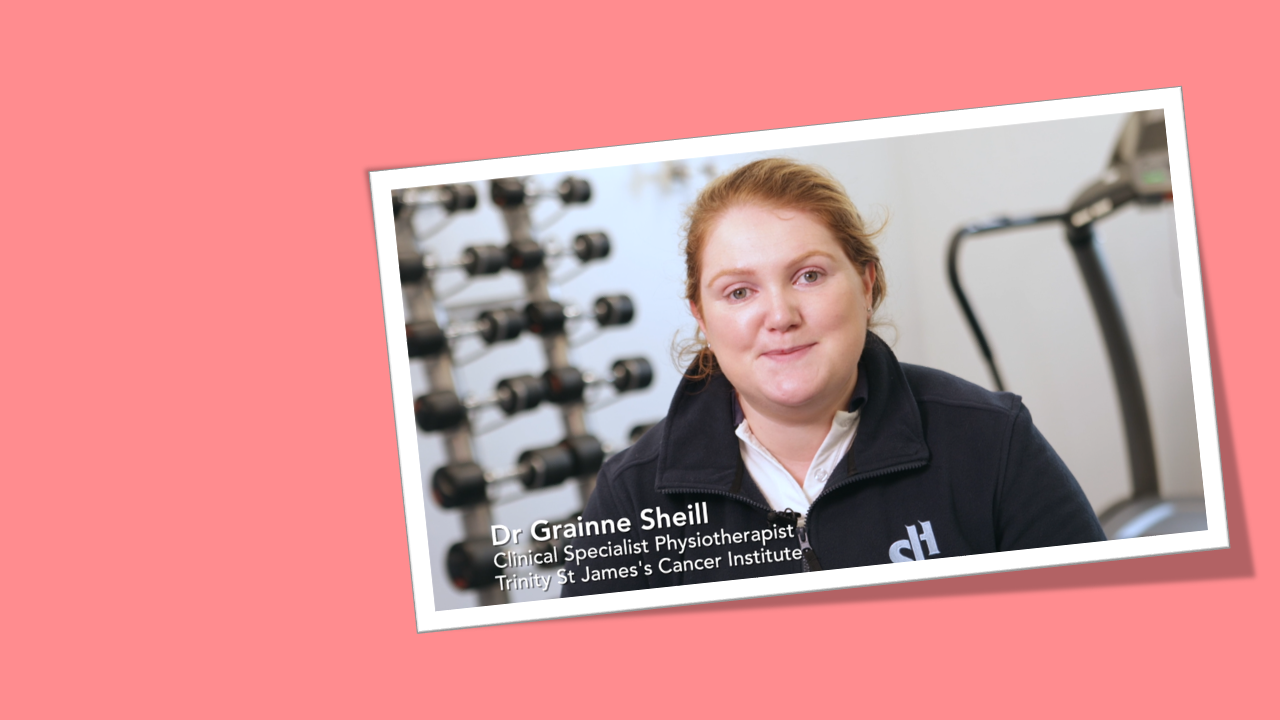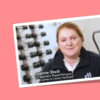You may be visiting this website because you are aware of the benefits of physical activity during and after cancer treatment, but are not sure exactly how to become more active.
First of all, we advise that you check with your doctor that they are happy for you to return to exercise. Below are some general tips to follow when you’re becoming more active. Above all, listen to your body, take your time, and find a form of exercise that appeals to you and is convenient.
Avoid being inactive
Any kind of physical activity can be beneficial for you. Try to reduce the amount of time you spend sitting or inactive.
- If moving around is difficult for you, you can take short movement breaks throughout the day, such as walking in your house or doing some exercises in a chair
- If you are more comfortable with moving, try to swap some of your sedentary activities for more active ones. Instead of meeting a friend for a cup of tea, you could meet for a walk.
Aim to be active on most days
It is more beneficial to do a small amount of activity on most days of the week, than a large bout of activity on one or two days. You do not need to exercise every day, and make sure you allow time for your body to rest.
Start gently and build up gradually
When you start, or return to, exercise, begin gently and then slowly build up the length and intensity of your activity. By starting slow, you are more likely to reach your activity goals in a safe and sustainable way.
Exercise when your energy levels are high
As energy levels can fluctuate during and after treatment, you should aim to exercise while your energy levels are high.
Some common side effects of cancer treatment which can influence your energy and activity levels, for example, pain and fatigue. If any side effects are preventing you from exercising, or if you feel worse after exercise, please speak to a healthcare professional who will advise you how best to return to activity with these symptoms.
Build walking into your day
Walking is an easy, effective and affordable way to become more active.
- Anyone with lower levels of activity can aim to do multiple short walks in their home, garden or local area with whatever supports they need.
- Anyone with higher levels of activity can consider walking to a location instead of driving, using a pedometer to track and increase their daily steps, and mixing up their walking locations for new challenges and new scenery.
Make time for strength training
Doing exercises which help build and maintain muscle is important for good health, building strength and improving your ability to do daily activities. It is recommended that cancer survivors do at least two 30-minute sessions of strength training each week.
Be active with a friend or family member
Recovery from cancer and improving your fitness doesn’t always happen at an even pace – some weeks are better than others. Be kind to yourself as you return to activity and celebrate all the small or large achievements you make, from your first day back to each new milestone you reach.
Be kind to yourself
Good company and support can make exercise more fun and a more sustainable habit.






